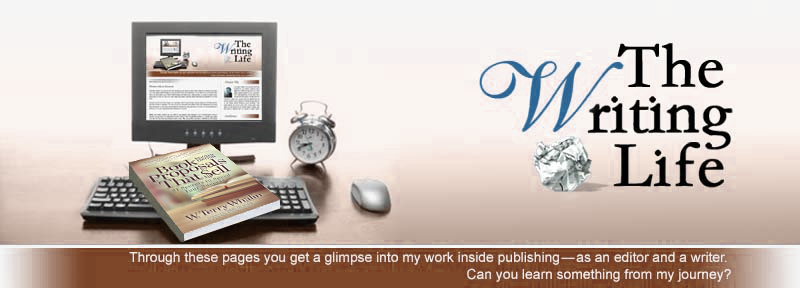The Perfect Bookends
 There is no single formula to write an excellent magazine article or a chapter of a book. Yet there are techniques and methods which are regularly used in this craft. I was reading latest issue of The New Yorker and found an example of a technique called bookends. To take this approach, you begin the article with a story but you don’t tell all of the story. Instead, you judiciously hold back a detail of the story which you use for your ending paragraph.
There is no single formula to write an excellent magazine article or a chapter of a book. Yet there are techniques and methods which are regularly used in this craft. I was reading latest issue of The New Yorker and found an example of a technique called bookends. To take this approach, you begin the article with a story but you don’t tell all of the story. Instead, you judiciously hold back a detail of the story which you use for your ending paragraph.
Radio broadcaster Paul Harvey has been using this technique for years with his Rest of the Story program. He hooks the reader in the opening then tells about a single life. In the final sentence, he reveals the subject of the story with the line, “And now you know the rest of the story.”
To illustrate this technique, I’m going to turn to this New Yorker article by Malcolm Gladwell called No Mercy. Here’s the lead paragraph, “In 1925, a young American physicist was doing graduate work at Cambridge University, in England. He was depressed. He was fighting with his mother and had just broken up with his girlfriend. His strength was in theoretical physics, but he was being forced to sit in a laboratory making thin films of beryllium. In the fall of that year, he dosed an apple with noxious chemicals from the lab and put it on the desk of his tutor, Patrick Blackett. Blackett, luckily, didn’t eat the apple. But school officials found out what happened, and arrived at a punishment: the student was to be put on probation and ordered to go to London for regular sessions with a psychiatrist.”
It’s an interesting story but do you notice what Gladwell has left out of the story? One of the most difficult things for anyone to find is something which is not there. You don’t know the name of this “young American physicist.” At least you don’t know until you read the end of the article, “As for the student whose career Cambridge saved? He left at the end of the academic year and went to study at the University of G�ttingen, where he made important contributions to quantum theory. Later, after a brilliant academic career, he was entrusted with leading one of the most critical and morally charged projects in the history of science. His name was Robert Oppenheimer.”
In the overall structure of this magazine article, the bookend technique cements the article into a cohesive unit. It’s a deliberate storytelling technique which the writer uses with his reader. I’m not recommending overuse of this technique—just awareness so you can weave it into your own writing.





















1 Comment:
Terry,
Thanks for calling our attention to this excellent tool.
Post a Comment
That's the writing life...
Back to the home page...